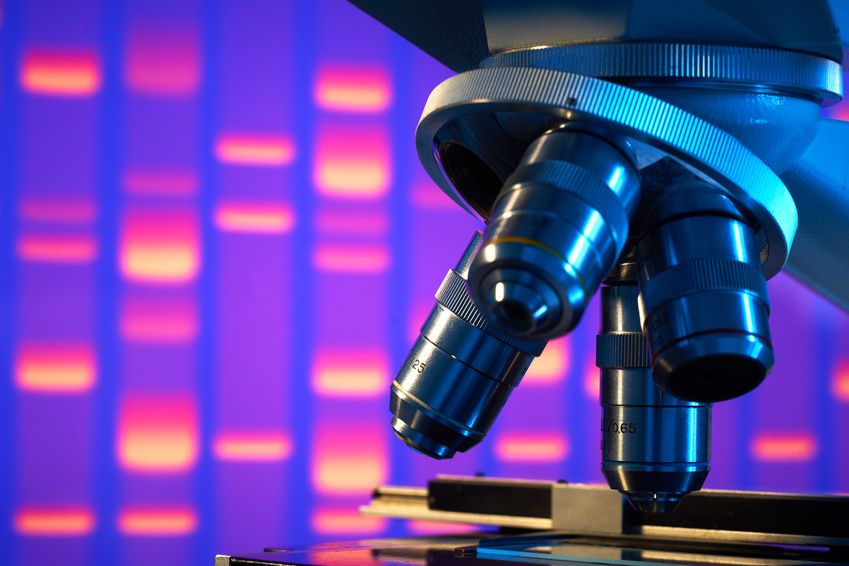
(Vienna, 20-10-2016) In rare cancers clinically relevant animal models are essential to investigate the effect of new drugs. For this reason, researchers have tried for many years but failed to develop a suitable model for Ewing sarcoma. The PhD student Tahereh Javaheri at the Ludwig Boltzmann Institute for Cancer Research in close cooperation with St. Anna Kinderkrebsforschung has now achieved this task.
Her results have now been published in "Cell Death & Disease". The publication describes how the Oncogene EWS / FLI1 has been successfully integrated into the correct precursor cells. Thus, aggressively metastasizing tumors develop, which resemble the human disease. The clinically relevant animal model will be used in the future to advance new therapies.
James Ewing described bone tumors as a pathologist and lent his name to the sarcoma, which occurs primarily in the bones of children and adolescents. Ewing sarcoma remain today a grave disease, requiring frequently an intense therapy and surgical interventions. James Ewing founded the Memorial Sloan Kettering Cancer Center in New York, the world's oldest and one of the most famous cancer research centers globally. He was a visionary scientist and he is regarded as the pioneer of interdisciplinary cancer research, also because he pioneered animal models for cancer research. It is therefore an irony that as yet no suitable animal model has been devised for these malignant bone tumors, which are named after Ewing.
Javaheri introduced the EWS / FLI1 fusion gene into transgenic mice under the control of a promotor specific for bone stem cells. These mice had severe defects after birth, because bone and cartilage growth was blocked. A more accurate analysis revealed that the stem cells with the fusion gene are blockade in their differentiation. The activation of EWS / FLI1 is toxic to many cells, so the further direction was specified. "We initially assumed that the fusion gene in the right cells should be sufficient to trigger cancer. We thus decided to protect the EWS / FLI1 stem cells from programmed cell death," says Javaheri. The researchers thus combined the EWS / FLI1 fusion gene with a gene that prevents from cellular suicide. By blocking apoptosis, the researchers were able to protect the precursor cells of the Ewing sarcoma, which could develop with a high penetrance into tumors resembling the human Ewing sarcoma. It was thus possible to prove that the bone stem cells are indeed giving rise to Ewing sarcome. The first promising steps to use this model to test novel therapies are already reported in the recent publication.
About the Ludwig Boltzmann Institute for Cancer Research (LBI-CR)
The LBI-CR focuses on developing new murine models for cancer and exploiting them to gain novel insights into the origins of the disease. The institute conducts cutting edge research into the underlying mechanisms of cancer using the modern power of genetics. With particular attention for signal cooperation in tumour cells the researchers analyse the molecular basis of cancer with the intention to translate recent progress in cancer research into novel therapeutic approaches. The Institute conducts its research in close cooperation with the Research Institute for Molecular Pathology, Medical University Vienna, Veterinary University, Children’s Cancer Research Institute and the company Tissuegnostics.